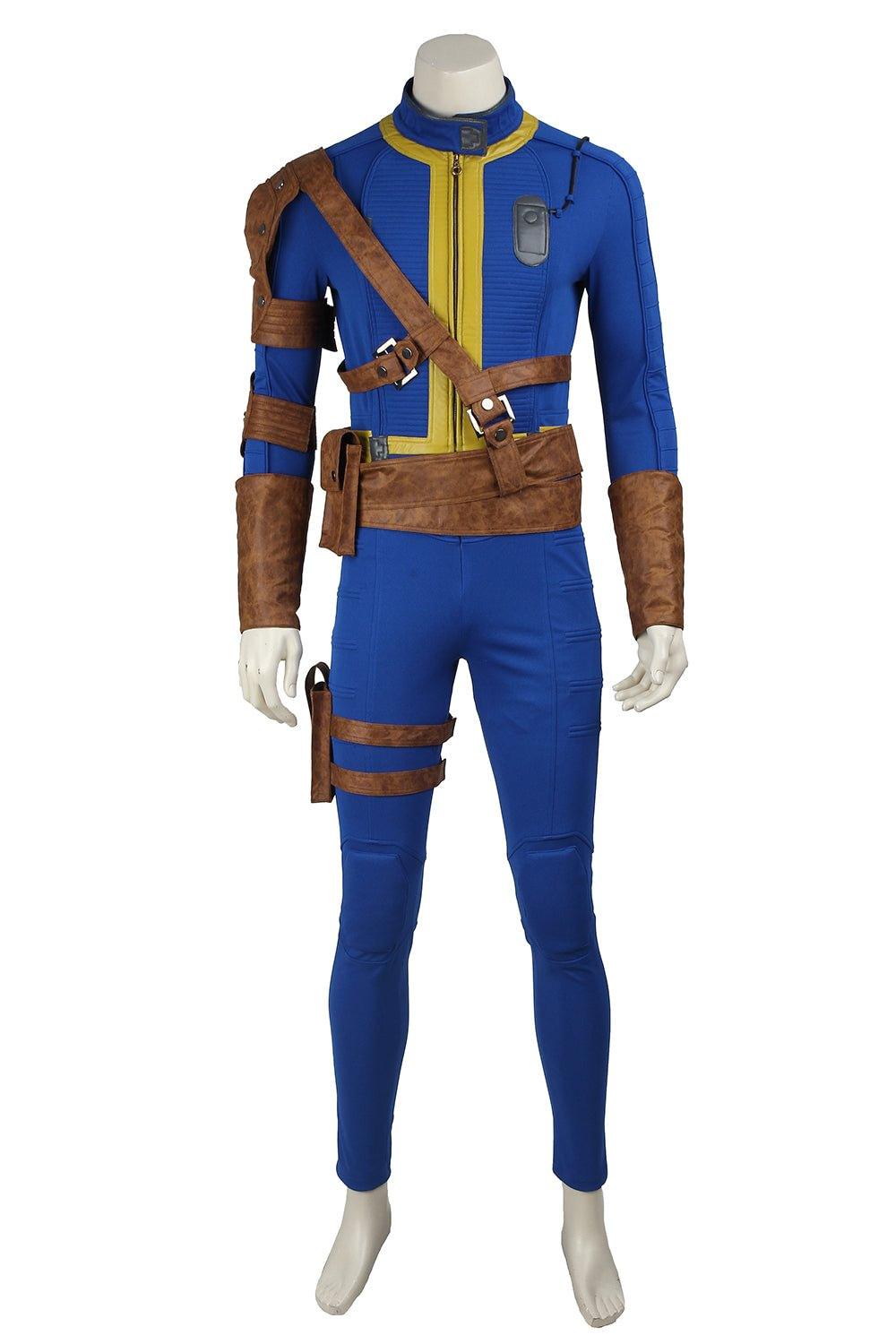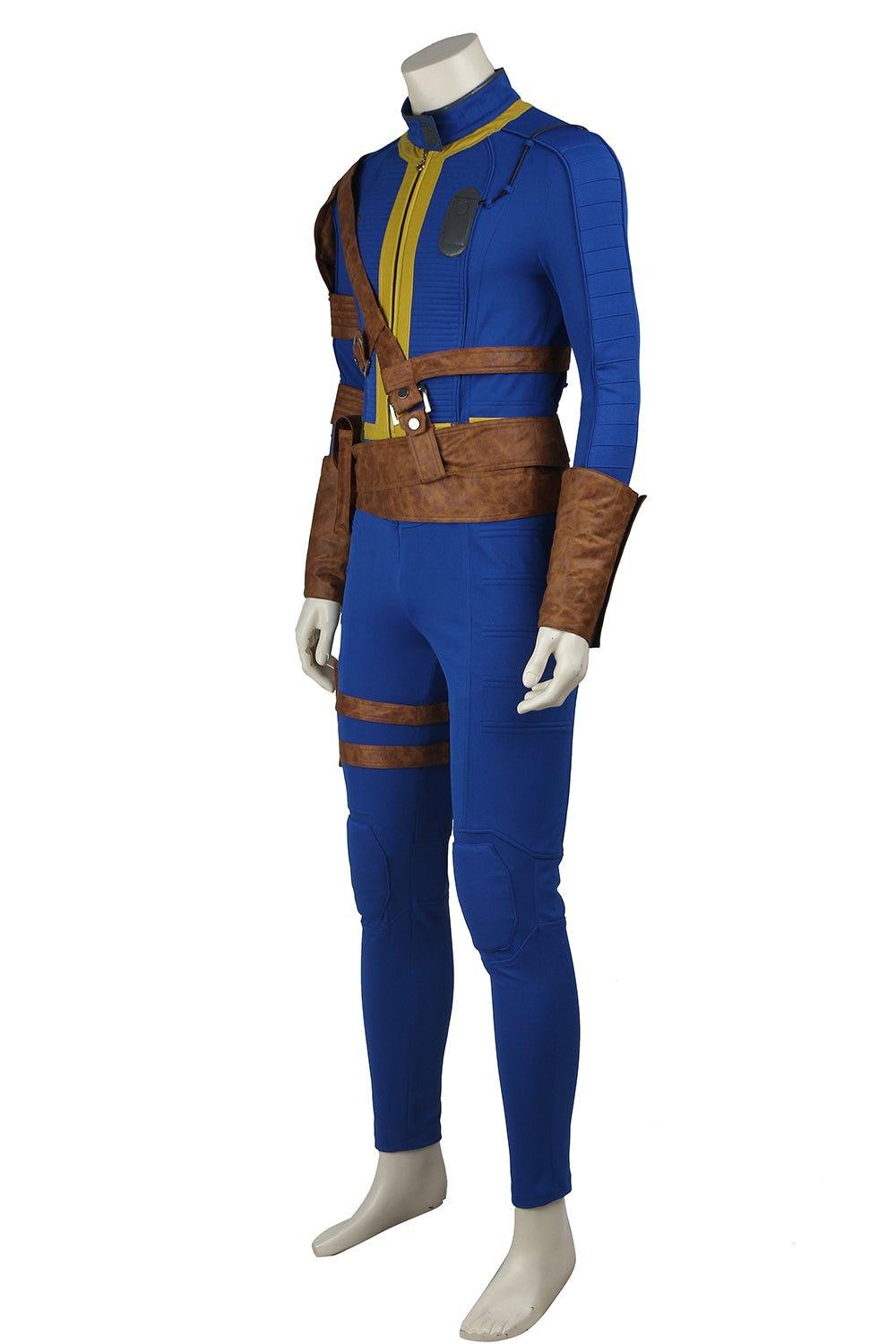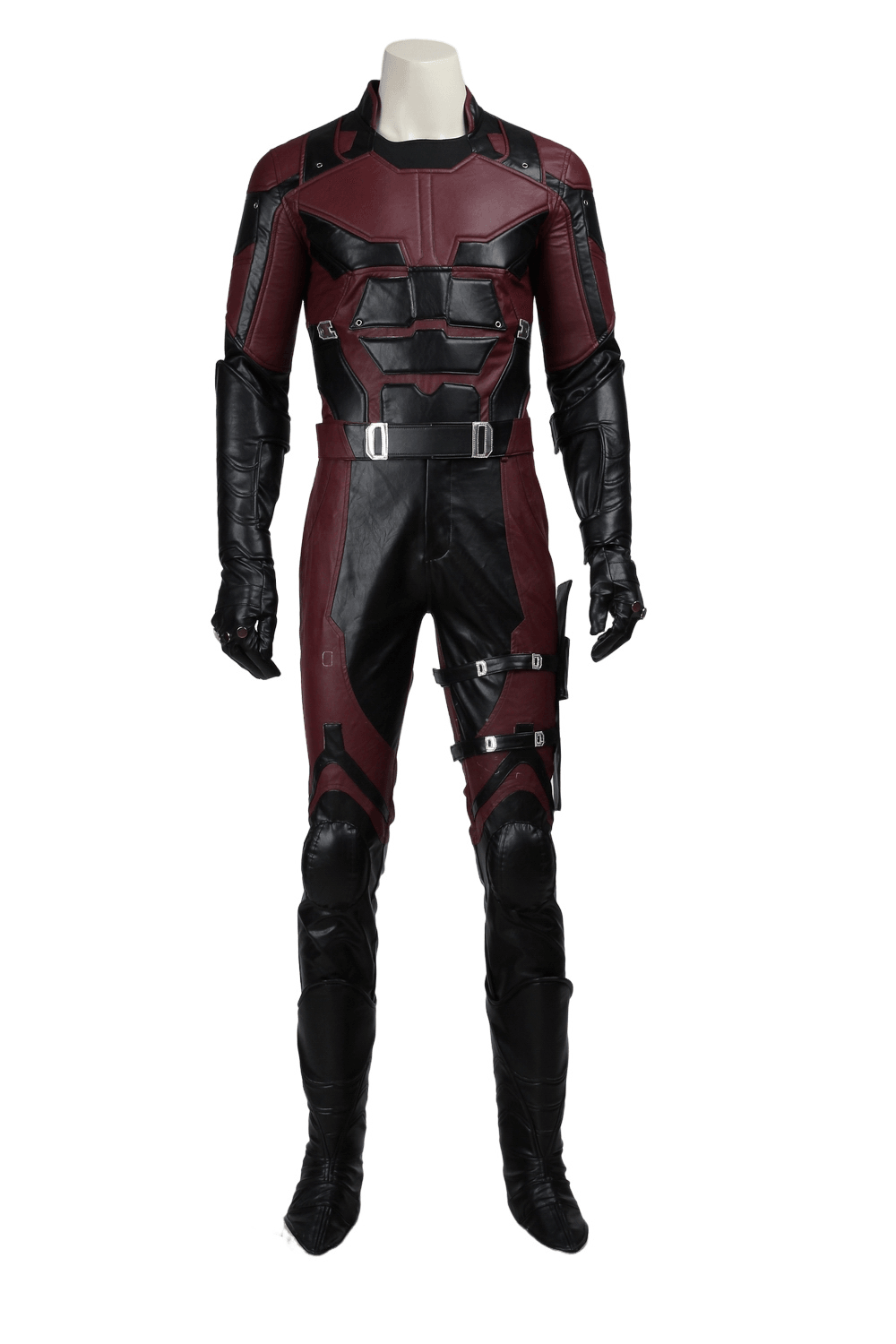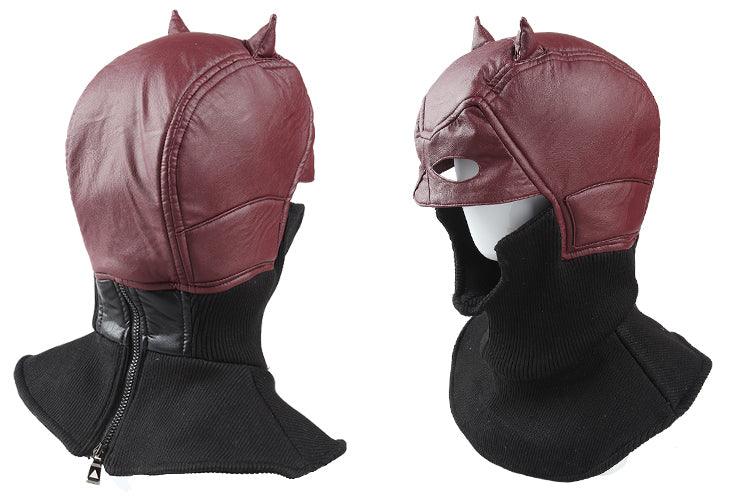Costumes in the Live-Action "Dumbo"
The live-action reimagining of Disney's classic Dumbo directed by Tim Burton brought a unique challenge to the costume design team led by the Oscar-winning designer Colleen Atwood. The film, released in 2019, required a blend of nostalgic homage to the original 1941 animated feature and fresh, innovative designs to captivate modern audiences. This detailed exploration delves into the intricacies of the costume creation process, the inspirations behind the designs, and the sheer scale of the task.
Colleen Atwood's Vision and Collaboration with Tim Burton
Colleen Atwood, a renowned costume designer with multiple Oscars to her name, has a long-standing collaborative relationship with Tim Burton. Their partnership dates back to Edward Scissorhands in 1990, and they have since worked together on numerous projects including *Sleepy Hollow*, *Alice in Wonderland*, and *Dark Shadows*. Atwood's ability to translate Burton's unique artistic vision into tangible, wearable art is a testament to her skill and creativity.
For *Dumbo*, Atwood's approach was deeply rooted in the essence of the original animated film while also infusing a sense of realism and practicality required for live-action. She studied vintage circus imagery and silent movie stars to draw inspiration, aiming to create costumes that felt authentic to the period and the fantastical world of the circus.
Scale and Complexity of the Task
Designing costumes for Dumbo was one of the most extensive projects Atwood had ever undertaken. The film featured a vast array of characters, each requiring meticulously crafted outfits. The production involved dressing not only the main cast but also hundreds of extras, circus performers, and even a CGI elephant.
Atwood's team had to manage the logistics of fitting and maintaining costumes for a large number of actors. On days with big scenes, they had up to 600 extras, starting preparations as early as 4:30 AM to ensure everyone was camera-ready by 8 AM. This required a highly efficient and skilled team capable of maintaining the high standards Atwood is known for.
Key Costumes and Their Creation
Dumbo's Costume
One of the most iconic elements of the film was Dumbo's costume. Despite being a CGI character, Dumbo was dressed in real garments. Atwood created a bib and a cape for the flying elephant, paying homage to the original animated film. The process involved dressing statuettes of Dumbo, which were then scanned by the visual effects team to ensure the costumes looked realistic on the animated character.
Milly Farrier's Dress
Milly Farrier, portrayed by Nico Parker, is a central character in the film. Her costume, available for cosplay on sites like crazecosplay.com, is a blend of period-appropriate design with circus elements. The dress is made from linen, lining, and satin, reflecting the practical yet whimsical nature of the circus environment.
Miss Atlantis' Costume
Miss Atlantis, another notable character, wore a costume consisting of over 100 hand-stitched scales. Each scale was made from multiple layers of fabric with sequin borders to give a reflective quality, creating a visually stunning effect. This attention to detail exemplifies the craftsmanship involved in the film's costume design.
Eva Green's Character
Eva Green's character, Colette Marchant, required a dual approach to her costumes. Atwood designed both glamorous performance outfits and more subdued rehearsal attire. The performance costumes were inspired by silent movie stars and vintage glamour, featuring elaborate fabrics, feathers, and wigs. These costumes needed to be both flashy and practical, allowing for the physical demands of circus performances.
Inspiration and Historical Accuracy
Atwood drew heavily from historical circus imagery and the original 1941 film. She aimed to capture the handmade, slightly shabby aesthetic of early circus costumes, which were often mended and reused over the years. This approach added a layer of authenticity and nostalgia to the film, grounding the fantastical elements in a believable reality.
The costumes also reflected the socio-economic conditions of the period, with a patina of faded colors to evoke a sense of history and wear. This was particularly important for creating a rich, immersive visual experience that resonated with audiences.
Challenges and Innovations
One of the significant challenges was designing for a CGI character like Dumbo. The process involved close collaboration with the visual effects team to ensure the costumes looked natural and realistic on the animated elephant. This required innovative techniques and a deep understanding of both costume design and digital effects.
Additionally, the sheer number of costumes and the need for quick changes and fittings posed logistical challenges. Atwood's team had to be highly organized and efficient, ensuring that every actor and extra was appropriately dressed and ready for their scenes.
Impact and Reception
The costumes in Dumbo played a crucial role in bringing the story to life. They helped create a visually stunning and emotionally engaging film that honored the original while introducing new elements. Atwood's designs were widely praised for their creativity, attention to detail, and ability to capture the magic of the circus.
Conclusion
The creation of costumes for the live-action Dumbo was a monumental task that required a blend of historical accuracy, creative innovation, and practical execution. Colleen Atwood's vision and expertise, combined with her collaborative relationship with Tim Burton, resulted in a visually captivating film that resonated with audiences of all ages. The costumes not only paid homage to the original animated classic but also brought a new level of depth and realism to the beloved story of Dumbo.







